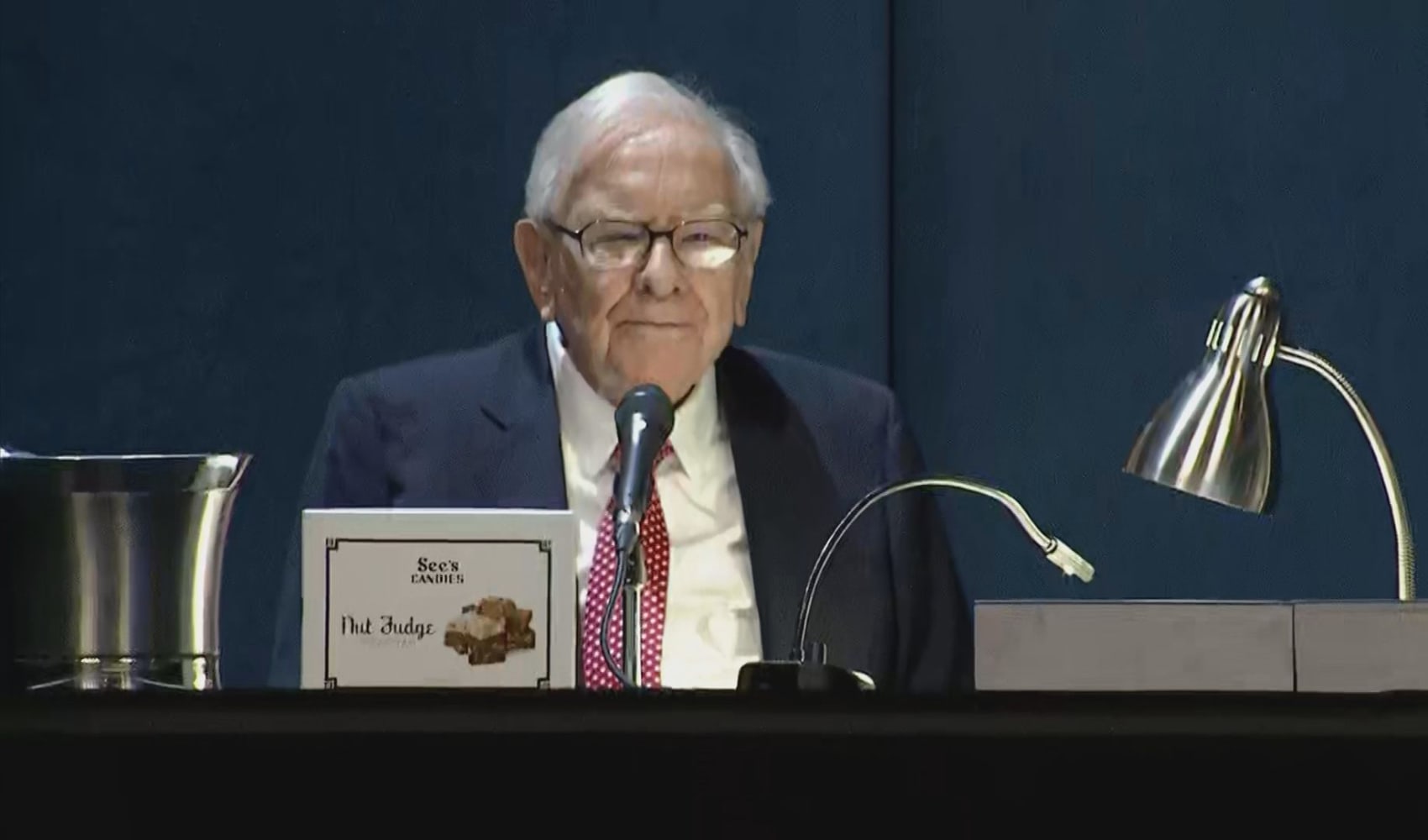
Health savings accounts are vastly underused as a retirement investment tool by people who have them, even though thousands of dollars can be invested every year. And in 2025, you can contribute more, as the IRS has recently announced a limit increase.
While most people use HSAs for tax-free spending on qualified medical expenses like X-rays or medication, the funds can be invested and grow tax-free, just like a 401(k) or individual retirement account. Thanks to compound interest, money earned is continually reinvested, allowing it to grow exponentially over time.
Crucially, HSA funds aren't strictly limited to medical expenses, since they can be withdrawn for any reason after age 65 without triggering a 20% penalty on non-medical expenses. In effect, HSAs are potent retirement investment accounts, too.
But despite the benefits, only about 13% of people invest the funds in their HSAs, according to recent data from the Employee Benefit Research Institute.
Get Connecticut local news, weather forecasts and entertainment stories to your inbox. Sign up for NBC Connecticut newsletters.
"So few people take advantage of investing in their HSAs because they don't know they can invest the cash or because they need the funds for health-care expenses during the year they contribute," says Ben Smith, a certified financial planner in Milwaukee.
Here's a look at how HSAs work and why you might want to invest the funds in that account.
How to get the most out of your HSA
Money Report
HSAs are tax-advantaged accounts meant for medical expenses that high-deductible health plans don't already cover. They are commonly offered by employers, but you get them from banks, credit unions and specialized HSA providers too.
To qualify for an HSA, you need to be enrolled in a high-deductible health plan. The IRS defines "high-deductible" as at least $1,600 for individuals and $3,200 for family plans in 2024. In 2025, the thresholds are $1,650 and $3,300, respectively.
Crucially, these funds can be invested in a range of options that can include exchange-traded funds, bonds and stocks.
Contribution limits for individuals are $4,150 for 2024, and will be $4,300 in 2025. For family plans, the limits are $8,300 in 2024 and $8,550 in 2025. Those ages 55 and older can make an additional "catch-up" contribution of $1,000 for both single and family plans in 2024 and 2025, according to the IRS.
HSAs offer three major tax benefits:
- Tax-deductible contributions: Funds contributed to your HSA are deductible from your taxable income, potentially reducing your taxes by up to 37%, depending on your tax bracket.
- Tax-free withdrawals for qualified health-care expenses: Withdrawals from an HSA to pay for qualified medical expenses, such as lab fees and nursing services, are not taxed. Withdrawals for non-qualified expenses before age 65 incur income tax and a 20% penalty.
- Tax-deferred earnings: Gains from HSA investments are not taxed as they accrue, and withdrawals used for qualified medical expenses remain tax-free. However, withdrawals for non-qualified expenses before age 65 are subject to both income tax and a 20% penalty.
"I'm a big fan of HSAs," says Smith, citing their "rare triple-tax benefits" specific to qualified medical expenses.
That said, most people aren't taking full advantage because they don't invest the funds, he says.
HSA earnings could go a long way in covering your medical costs in retirement, which are estimated to be $315,000 after age 65, according to a 2022 estimate by Fidelity Investments.
"HSAs should be viewed as an additional retirement account," says Smith. "After all, health-care costs could very well be nearly as high as our living expenses in retirement."
Even if you don't need the earnings for medical care later in life, you'd only be charged income tax on withdrawals for non-qualified expenses after age 65.
Want to be a successful, confident communicator? Take CNBC's new online course Become an Effective Communicator: Master Public Speaking. We'll teach you how to speak clearly and confidently, calm your nerves, what to say and not say, and body language techniques to make a great first impression. Preregister today and use code EARLYBIRD for an introductory discount of 30% off through July 10, 2024.
Plus, sign up for CNBC Make It's newsletter to get tips and tricks for success at work, with money and in life.






